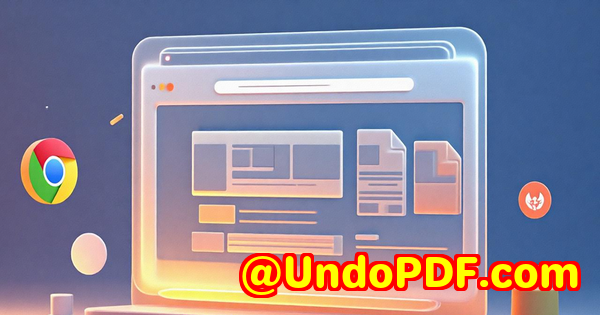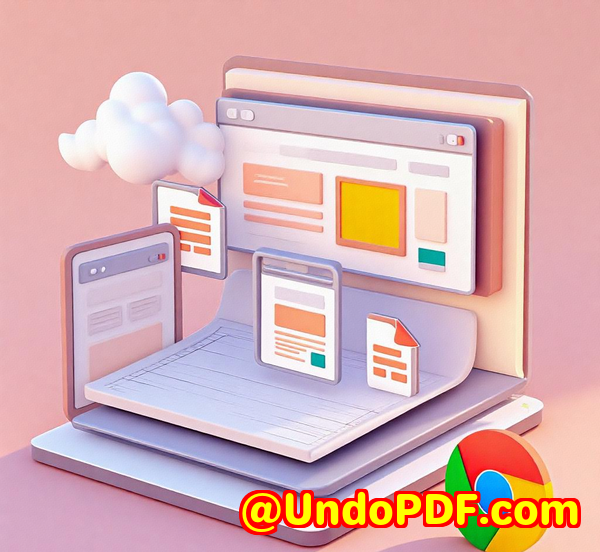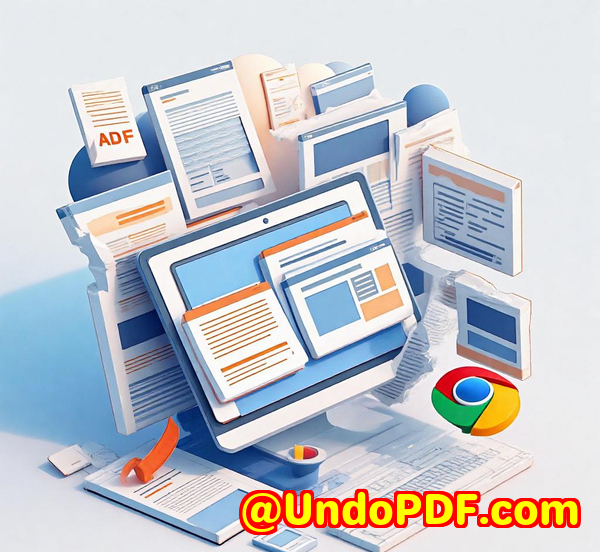Benefits of Using WebAssembly in JavaScript Barcode SDKs for High-Speed Online Document Scanning
Benefits of Using WebAssembly in JavaScript Barcode SDKs for High-Speed Online Document Scanning
Every time I’ve tried to build a web app that needed barcode scanning, I’ve run into the same frustrations slow performance, flaky accuracy, and clunky user experiences. If you’re like me, you want your users to scan barcodes effortlessly and fast, without downloading apps or battling slow camera feeds. This is where the VeryUtils JavaScript Barcode Scanner SDK shines, especially with its use of WebAssembly technology powering blazing-fast, browser-based scanning.

Why WebAssembly Matters for JavaScript Barcode Scanning
If you’ve ever built or used a barcode scanner in a browser, you probably noticed it’s either painfully slow or inaccurate sometimes both. Traditional JavaScript can only go so far with the heavy lifting needed for decoding barcodes, especially from video streams or damaged codes.
WebAssembly (WASM) changes the game. It’s a low-level binary format that runs near-native speeds inside your browser. By compiling performance-critical barcode decoding code into WebAssembly, VeryUtils enables real-time scanning that feels just like a native app but without any downloads or installs.
That means, whether your users are on a laptop, a mobile phone, or a tablet, the scanner works instantly, reliably, and securely, right in the browser.
What Makes VeryUtils JavaScript Barcode Scanner SDK Stand Out
When I first discovered the VeryUtils JavaScript Barcode Scanner SDK, I was blown away by how easy it was to integrate powerful barcode scanning into web apps with minimal code and no fuss. It’s clearly designed for developers who want enterprise-grade scanning without reinventing the wheel.
Here’s a quick breakdown of what this SDK offers:
-
Real-time barcode and QR code decoding directly in the browser
-
Support for a massive range of barcode types: 1D linear barcodes like Code 128, EAN, UPC, and 2D codes including QR, DataMatrix, PDF417, and more.
-
Ultra-fast scanning speed: Scan up to 20 barcodes per second with 99% accuracy, even in tough conditions like low light or damaged codes.
-
WebAssembly-powered speed and efficiency: Near-native performance without the overhead of plugins or apps.
-
User-friendly features: Visual guides, audio and haptic feedback, multiple barcode batch scanning.
-
Offline capability: Progressive Web App support lets scanning continue even with limited or no internet connection.
-
Security-first design: No data leaves the device unless you want it to, complying with strict privacy standards.
-
Flexible deployment: Works in public websites and private networks alike.
Real-Life Use Cases Where This SDK Shines
I’ve seen the VeryUtils SDK put to work in plenty of scenarios, and the flexibility is impressive:
-
Retail and Inventory Management: Employees can scan multiple barcodes quickly on the shop floor or warehouse, speeding up stock audits without dedicated hardware.
-
Healthcare: Medical staff scan patient wristbands and medication barcodes directly from tablets or mobile devices with high accuracy.
-
Logistics and Shipping: Real-time scanning of packages and shipping labels accelerates sorting and tracking workflows.
-
Event Ticketing: Attendees can scan QR codes on tickets using just their phone’s browserno app downloads required.
-
E-commerce: Web stores add scanning features to web apps for quicker checkouts or returns processing.
How I Put VeryUtils SDK to the Test
I integrated the VeryUtils JavaScript Barcode Scanner SDK into a prototype inventory web app for a small retail client. I wanted to see how well it performed under real-world conditions, with an older smartphone camera and a batch of partially damaged barcodes.
Here’s what stood out:
-
Setup was ridiculously simple. Just include the SDK script, add a few lines of code, and I had a live barcode scanner running in the browser.
-
Speed blew me away. The scanner decoded barcodes in milliseconds way faster than other JS libraries I’ve tried. I clocked it scanning 15-20 barcodes per second, and the batch scanning feature was perfect for handling pallets of items.
-
Accuracy held steady even with glare and creases. The advanced algorithms in WebAssembly handled tricky barcodes that other tools missed.
-
The user guidance made it easy for my client’s staff to adopt. Visual focus frames, beeps on success, and even vibration feedback kept users confident and efficient.
-
Offline scanning was a lifesaver during spotty Wi-Fi moments. Since the decoding runs locally via WebAssembly, the app kept working smoothly without network interruptions.
-
Security was reassuring. No barcode data left the device automatically, which is crucial for sensitive inventory or patient info.
Why WebAssembly Makes This SDK a No-Brainer
Compared to older JavaScript libraries that rely solely on traditional JS, this SDK’s WebAssembly core is a massive advantage. Other tools either:
-
Require native app installs, making onboarding clunky.
-
Struggle with decoding speed and accuracy.
-
Don’t handle batch scanning well.
-
Are vulnerable to network lag because scanning relies on server-side processing.
VeryUtils gives you a fast, reliable, secure barcode scanner that lives fully in the browser, no compromises.
What You Get When You Choose VeryUtils JavaScript Barcode Scanner SDK
To sum it up, the core benefits are:
-
Instant setup with just JavaScript
-
Enterprise-grade accuracy and speed
-
Works on any device with a camera, no apps needed
-
Robust support for 1D, 2D, postal codes, and tricky barcodes
-
Excellent user experience with guidance and feedback
-
Offline capability for uninterrupted scanning
-
Privacy-first with no forced data uploads
-
Continuous updates and strong support
If you’re building web or mobile apps that need high-speed, high-accuracy barcode scanning, this SDK is the real deal.
Final Thoughts: My Recommendation
I’d highly recommend the VeryUtils JavaScript Barcode Scanner SDK to any developer or team that needs top-tier, reliable barcode scanning right in the browser. Whether you’re tackling retail, healthcare, logistics, or any field that depends on fast and accurate barcode reading, this SDK will save you time and headaches.
Start with their demo or jump straight in with the SDK it’s straightforward and ready to handle your toughest scanning tasks.
Click here to try it out yourself: https://veryutils.com/javascript-barcode-scanner-sdk
Boost your web app’s scanning power today your users will thank you.
Custom Development Services by VeryUtils
VeryUtils doesn’t just stop at off-the-shelf solutions. If you have specific technical needs, they offer custom development services that cover everything from Linux, macOS, and Windows to iOS and Android platforms.
Their expertise spans a wide range of technologies, including Python, PHP, C/C++, .NET, JavaScript, and more. Whether you need:
-
Custom PDF and document processing tools
-
Windows virtual printer drivers that generate PDFs or images
-
Systems to monitor and capture print jobs
-
Advanced barcode recognition and OCR solutions
-
Cloud-based document conversion and digital signature systems
VeryUtils can build tailored tools to fit your unique workflows.
If you want a custom solution or need help integrating the barcode scanner SDK in a complex environment, reach out to their support center at http://support.verypdf.com/.
FAQs About VeryUtils JavaScript Barcode Scanner SDK
Q1: Does the SDK require users to install any apps?
Nope. The SDK runs fully in the browser using WebAssembly, so no downloads or installs are necessary.
Q2: Can I scan multiple barcodes at once?
Yes! The SDK supports batch scanning and can decode up to 20 barcodes per second.
Q3: What devices and browsers does it support?
It works on any camera-equipped devicesmartphones, tablets, laptopsand is compatible with major modern browsers.
Q4: Is it possible to scan barcodes offline?
Absolutely. Thanks to Progressive Web App (PWA) support, scanning can continue without an internet connection.
Q5: How secure is the data during scanning?
Data stays local on the user’s device unless you decide otherwise, meeting enterprise-level security and privacy standards.
Tags / Keywords
-
JavaScript barcode scanner SDK
-
WebAssembly barcode scanning
-
Online barcode scanning speed
-
Browser-based barcode scanner
-
Mobile barcode scanning SDK
-
High-accuracy barcode decoder
-
Offline barcode scanner web app



